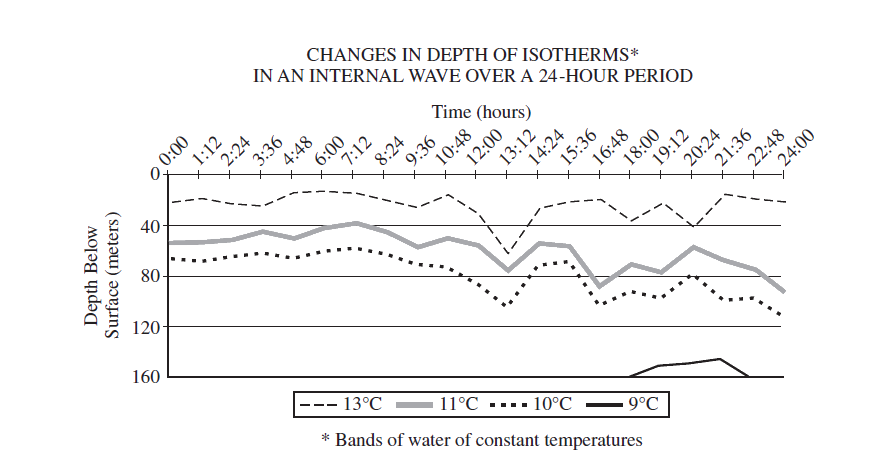Which photosynthetic pigment help members of Rhodophyceae to grow at great depths in oceans?
Phycocyanin
Phycoerythrin
Carotene
Fucoxanthin
The correct Answer is:B
Step by step video & image solution for Which photosynthetic pigment help members of Rhodophyceae to grow at great depths in oceans? by Biology experts to help you in doubts & scoring excellent marks in Class 12 exams.
Updated on:21/07/2023Topper's Solved these Questions
Similar Questions
Knowledge Check
Photosynthetic pigments of Rhodophyceae (red algae) are a. chl a and b b. chl a and c, fucoxanthin c. chl a and d d. chl a,chl d and phycoerythrin.
Achl a and bBchl a and c, fucoxanthinCchl a and dDchl a,chl d and phycoerythrin.Study the following statements regarding chl a molecule.
(i) Molecular formula of chl a is C55H72O5N4Mg.
(ii) It is the primary photosynthetic pigment.
(iii) In pure state, it is red in colour and thus it absorbs more blue wavelength of light than the red wavelength.
(iv) It is soluble in water as well as pertroleum ether. Which of the above statements is/are not correctAi and iiiBiii and ivCii onlyDiv onlyRead the following statements and select the correct ones.
(i) All the colour components of the visible spectrum are available for marine plants living in different depths of the ocean.
(ii) Many herbs and shrubs in rainforests adapt to photosynthesise optimally under very low light conditions as they grow under canopy trees
(iii) Gradual increase in average global temperature will affect the distributional range of some species.
(iv) The quality of soil does not depend upon the weathering process.A(i) and (ii)B(ii) and (iv)C(ii) and (iii)D(i) and (iv)
Photosynthetic organisms occur at different depths in the ocean. Do they receive qualitatively and quantitatively the same light ? How do they adapt to carry out photosynthesis under these conditions.
View SolutionName the pigment which occurs in all photosynthetic protists.
View SolutionWhat kind of adaptation is seen in a large variety of marine invertebrates and fish that live great depths in the ocean?
View SolutionA large variety of marine invertebrates and fish live at great depths in the ocean where the pressure could be less than 100 times the normal atmospheric pressure that we experience. How do they under such crushing pressure and do they have any special enzymes ?
View SolutionThis passage is adapted from Geoffrey Giller, “Long a Mystery, How 500-Meter-High Undersea Waves Form Is Revealed.” ©2014 by Scientific American.
nearly impossible to see. Unlike other large waves, these rollers, called internal waves, do not ride the ocean surface. Instead, they move underwater, undetectable without the use of satellite imagery or sophisticated monitoring equipment. Despite their hidden nature, internal waves are fundamental parts of ocean water dynamics, transferring heat to the ocean depths and bringing up cold water from below. And they can reach staggering heights—some as tall as skyscrapers.
Because these waves are involved in ocean mixing and thus the transfer of heat, understanding them is crucial to global climate modeling, says Tom Peacock, a researcher at the Massachusetts Institute of Technology. Most models fail to take internal waves into account. “If we want to have more and more accurate climate models, we have to be able to capture processes such as this,” Peacock says.
Peacock and his colleagues tried to do just that. Their study, published in November in Geophysical Research Letters, focused on internal waves generated in the Luzon Strait, which separates Taiwan and the Philippines. Internal waves in this region, thought to be some of the largest in the world, can reach about 500 meters high. “That’s the same height as the Freedom Tower that’s just been built in New York,” Peacock says.
the South China Sea and beyond, they didn’t know exactly how internal waves formed. To find out, Peacock and a team of researchers from M.I.T. and Woods Hole Oceanographic Institution worked with France’s National Center for Scientific Research using a giant facility there called the Coriolis Platform. The rotating platform, about 15 meters (49.2 feet) in diameter, turns at variable speeds and can simulate Earth’s rotation. It also has walls, which means scientists can fill it with water and create accurate, large-scale simulations of various oceanographic scenarios.
Peacock and his team built a carbon-fiber resin scale model of the Luzon Strait, including the islands and surrounding ocean floor topography. Then they filled the platform with water of varying salinity to replicate the different densities found at the strait, with denser, saltier water below and lighter, less briny water above. Small particles were added to the solution and illuminated with lights from below in order to track how the liquid moved. Finally, they re-created tides using two large plungers to see how the internal waves themselves formed.
The Luzon Strait’s underwater topography, with a distinct double-ridge shape, turns out to be responsible for generating the underwater waves. As the tide rises and falls and water moves through the strait, colder, denser water is pushed up over the ridges into warmer, less dense layers above it.
This action results in bumps of colder water trailed by warmer water that generate an internal wave. As these waves move toward land, they become steeper—much the same way waves at the beach become taller before they hit the shore—until they break on a continental shelf.
The researchers were also able to devise a mathematical model that describes the movement and formation of these waves. Whereas the model is specific to the Luzon Strait, it can still help researchers understand how internal waves are generated in other places around the world.
Eventually, this information will be incorporated into global climate models, making them more accurate. “It’s very clear, within the context of these [global climate] models, that internal waves play a role in driving ocean circulations,” Peacock says.

Adapted from Justin Small et al., “Internal Solitons in the Ocean: Prediction from SAR.” ©1998 by Oceanography, Defence Evaluation and Research Agency.
Which choice provides the best evidence for the answer to the previous question?
View Solution
